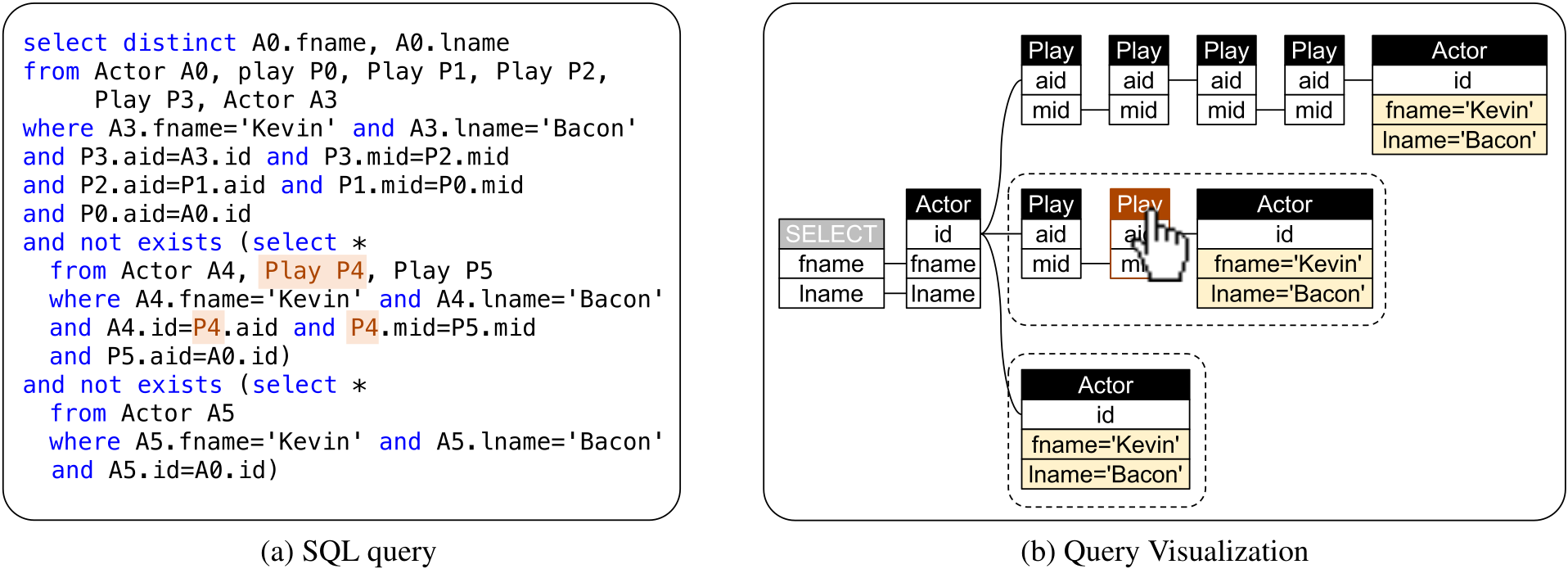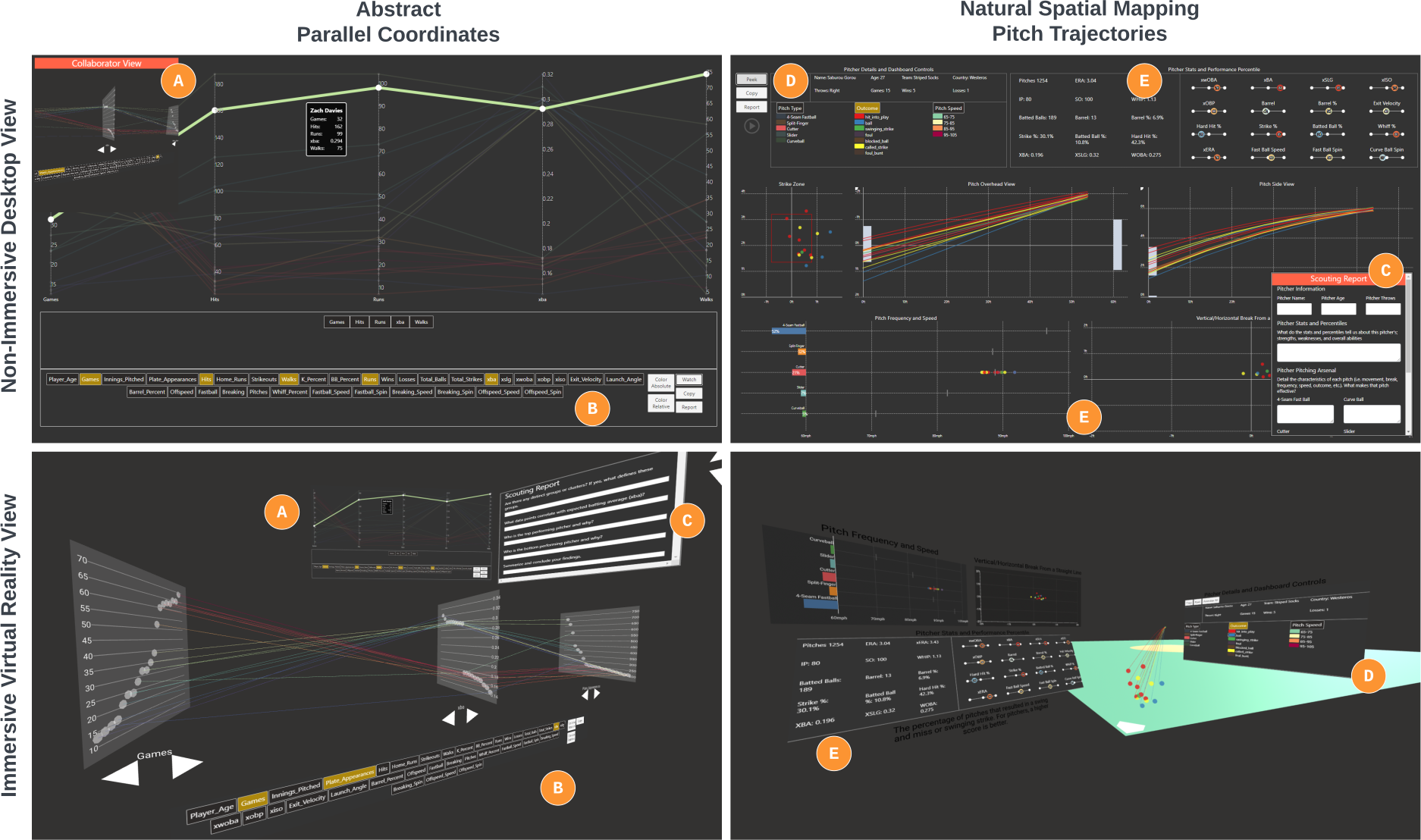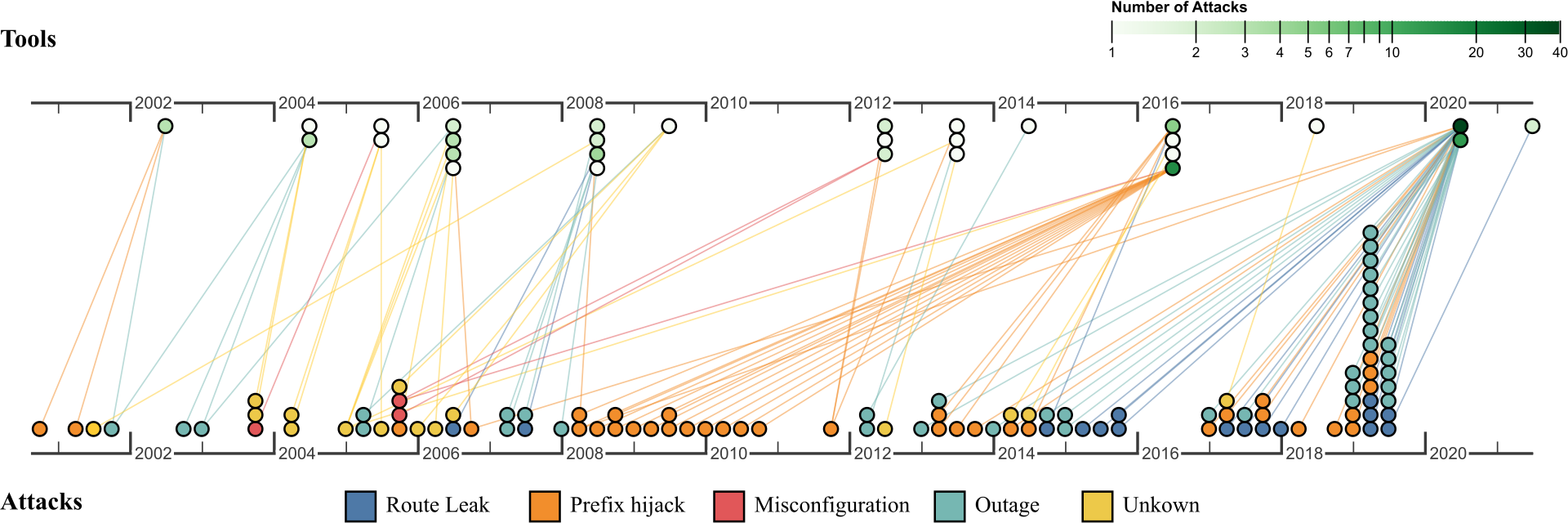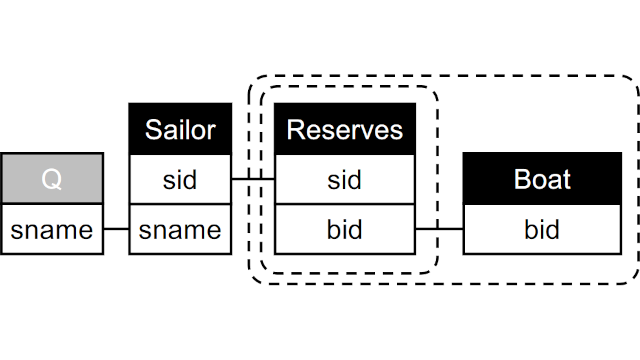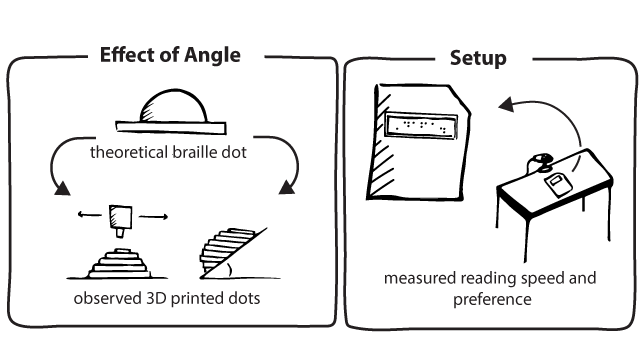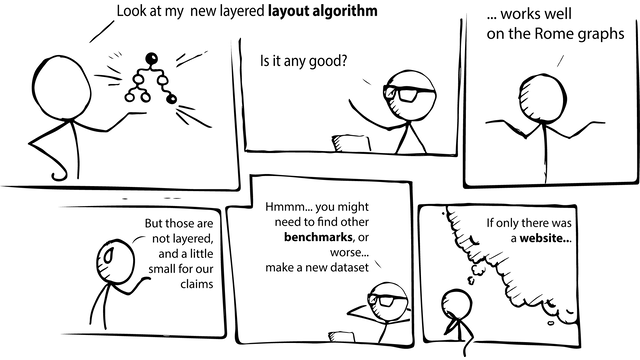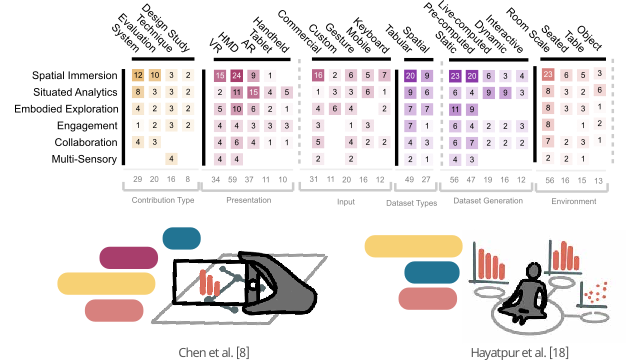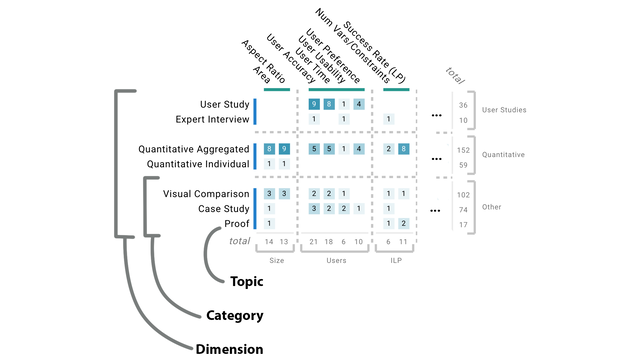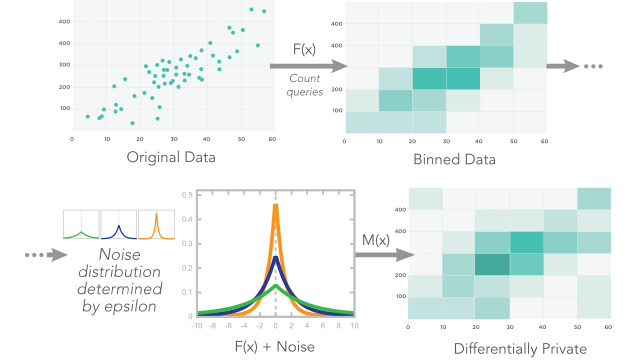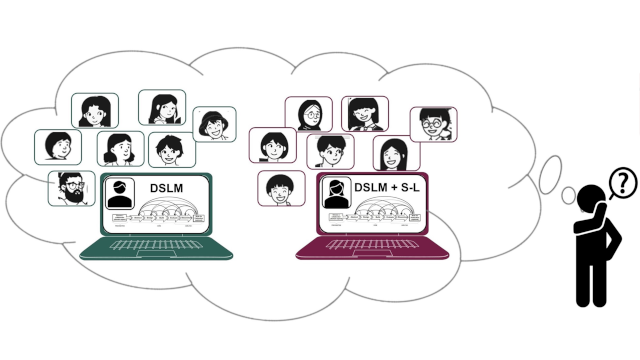Bio
I am an Associate Professor in the Khoury Vis Lab, part of the Khoury College of Computer Sciences at Northeastern University. I create readable visualizations of network relationships that help users understand complex data. I mainly address visualizing layered networks, in which the nodes in the network are constrained to lie on parallel layers. My research leverages the algorithmic aspects of computer science to build and assess new visualization techniques and tools, as well as human-computer interaction (HCI) methodologies to understand the perceptual abilities, goals, tasks, and processes of users and validate visualization designs. This work has led to my contributing new HCI research methods and novel visualization and HCI theory that can guide future researchers and practitioners. I often use applied research across various domains to help generate novel basic research contributions. These cross-disciplinary collaborations provide me with new questions, data sets, case studies, and invested users whose work benefits from our partnerships.
Areas of investigation: Data Visualization + ...
- Graph and network data
- Multidimensional data
- Geospatial data
- Temporal event sequences
- Evaluation methodologies
- Layout algorithms
- Exploratory data analysis
- User interface design
- Interaction design
- Perception and cognition
- Analytic provenance
- Virtual and extended reality (VR & XR)
Specific domains of interest:
- Computer Science and Engineering, including work in databases, machine learning / explainable AI, programming languages, natural language processing, systems, and hardware simulation
- Cybersecurity and Computer Networks, including unmanned autonomous system analysis and improving network resilience
- Healthcare diagnostic and treatment decision support, including diabetes & neurology
- Digital humanities, including networks of concepts in humanities texts as well as text and timeline visualizations
- Epidemiology, including the spread of infectious disease

